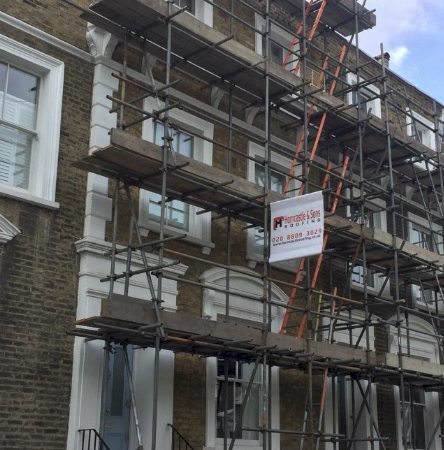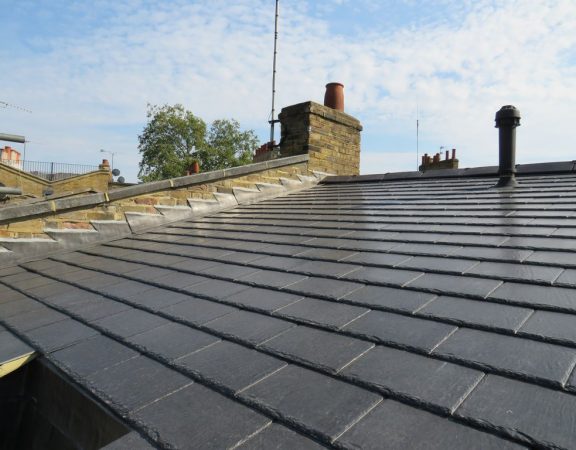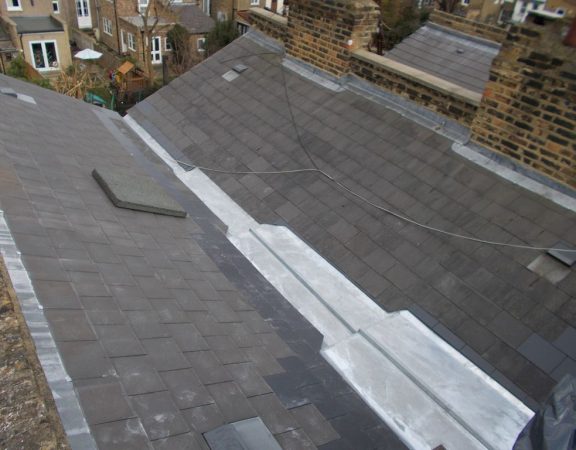

When you find the house of your dreams and decide to go for it, you might assume everything is set, especially if you’re told, “The roof is new!” But is that enough reason to feel assured? If you see concrete roof tiles on the property, there are essential things you should be aware of. Many new roofs in London, including those with concrete roof tiles, were installed without proper Building Regulations approval, and this can create significant issues. These range from complications in reselling the property to concerns about poor workmanship and even structural overload—concrete tiles can be notably heavy!
Older homes, especially those built before the 1930s, typically used lighter clay tiles. When concrete roof tiles are added to these older structures, the roof may not be strong enough to support the extra weight. A Building Control approval is essential to ensure both structural integrity and compliance with Energy Performance standards. Many times, unfortunately, shortcuts are taken during tiled roofing installation in London, which can result in roofing contractors overlooking the importance of these approvals.
The Structural Impact of Concrete Roof Tiles
The trend of using concrete tiles began in the 70s and continues today as a budget-friendly option for roofing. While these tiles can be highly effective, the structure beneath must be robust enough to carry them. If the original timber beams and supports weren’t reinforced, the weight of these tiles could eventually cause the rafters to bend and lead to roof spread—a common and costly structural issue where cracks form around the tops of the walls due to pressure.
Over time, as the roof succumbs to the extra load, you may notice loosening tiles or an uneven ridge line. To avoid this, always ensure that a structural engineer was involved in the roof’s replacement, verifying that the walls and roof structure can handle the additional weight.
Why Does Approval Matter?
Sometimes, the lack of Building Control approval isn’t intentional on the homeowner’s part. Roofing can be costly, and contractors may skip official inspections to avoid delays, which means the work goes unverified. Unfortunately, the absence of this compliance often comes to light only when selling the property, leaving the homeowner to handle the fallout.
How to Check if Your Roof Meets Standards
A quick way to gauge if Building Regulations were followed is to check the loft insulation. If it’s under 270mm, it’s likely non-compliant. You should also ask the seller for any Building Control sign-off documentation. If they can’t provide it, arrange an inspection with a reputable roofing contractor in North London. This is essential, as standard home-buyer reports don’t cover this level of detail.
Ready to make sure your roof is in top shape?
Contact our Resident Roofing team in North London today! Our experts in tiling, clay, and concrete services in London will ensure your roof meets all safety and structural standards, giving you peace of mind in your new home.



